Students React to New Hockey Rink
On February 29, 2024, the college announced that the Men’s and Women’s Division 1 hockey teams will play in a new rink beginning in fall 2025. The rink will be located off campus at Mohawk Harbor, approximately 0.5 miles and a 10 minute walk from College Park Hall. Construction of the rink began on April 9. The current rink on campus, Messa Rink at Achilles Center, opened on December 5, 1975, and has hosted thousands of men’s and women’s hockey games, practices, open skating events, and other events since then. The rink was built when both varsity hockey teams the men’s team has competed at the Division 1 level since 1991. The women’s team was established as a competing in the Division 1 level in
it was originally built, and it holds 2,051 people at capacity. -
cision because the current rink is
They weighed the option of renovating the current rink, but decided to enter into a partnership with Maxon Alco Holdings, LLC, the developer, New York state and Schenectady County government, and donors, in
I think the rink’s a big deal for Union.
Men’s Hockey #21 John Prokop ‘26
part because of shared expenses. The college will pay $20 million over the course of 25 years to pay for the rink. The rink will hold 2,200 people people for other sporting events.
2,000 people attended each men’s home game and 500 people attended each women’s game.
The current rink will still operate for the 2024-2025 academic year. But at the conclusion of the year, the rink will be converted to an indoor athletic facility so members of other sports teams can use it for indoor practices.
Hockey players are reacting positively to the new rink. “I think the rink’s a big deal for Union,” Men’s #21 John Prokop ‘26 said. “We are the only D1 team on campus, so I think it’s big for not only the people that are here, but recruiting wise too. It’ll bring us more people and develop a better hockey team for the future.”
“I’m very excited to play there and have a new rink,” Women’s #22
Greta Kropp ‘26 remarked. “It’ll be really nice to have a new rink.”
Other students had some mixed opinions about the rink. “I don’t like that they’re building it off campus. It’s going to be more inconvenient to go to the games.” Ryan Lemberger ‘27, a frequent attendee of the games, said.
“I think it’s pretty cool. The rink seems like a new addition to our athletics department, especially to the hockey team,” Idalis Fuentes ‘26, a Men’s Hockey photographer, remarked. “So, I think it’ll be a great
The women’s hockey team will begin the 2024-2025 season in late September 2024, and the men’s team will follow in early October 2024. Weekday home games typically begin at 6 p.m. for the women’s team, and 7 p.m. for the men’s, p.m. and 4 p.m. respectively. Fans can purchase season tickets later this year, or purchase them at the door of the rink before games.


Union College admitted 1,516 Regular Decision applicants and enrolled 51 Early Decision 2 applicants, according to admissions data received by Concordiensis. These numbers are similar to last year’s admissions statistics. However, Concordiensis did not receive
data on how many applicants applied to the class of 2028. 48% of admitted applicants
domestic students from outside of the northeast. Over recent years, the college has seen an increase in students from outside the Northeast (Boston, New England, New York City). 47% submitted test scores, with the average SAT score of 1420
Notably, “In light of the recent Supreme Court decision, we are unaware of the race and ethnicity of this year’s applications,” Matt Malatesta ‘91, VP for Admissions, Financial Aid and Enrollment said. In
outlawed the consideration of race in university admissions decisions. It is unknown whether the decision
impacted the racial demographics of the admitted class of 2028. As are domestic students of color, and 10% are international students.
Across the country, other colleges and universities are expe-
because of the new FAFSA rollout.
In December 2020, US Congress -
nancial aid program, including making the application process easier, allowing more students to receive Pell Grants, and allowing students to send the application to more colleges. However, this has resulted inpackages. application of record to determine
ALLYSON BENNETT, NEWS EDITOR
benneta2@union.edu
2028
Continued from page 1
of our admits have applied to colleges and universities who rely solely on the FAFSA. Many of those schools have not gotten out their need based awards yet, which is several weeks delayed from past years.” Malatesta explained.
Admitted students have until May 1, 2024 to enroll at the college.
open house on April 20th and 21st, and admitted students can also enjoy other virtual programming hosted by the college, which can be found at https://www.union.edu/ make-union-yours.
Class of 2028 Admissions Data
Early Decision 2 Enrolled: 51
Total Early Decision Enrolled: 165
Regular Decision Admitted: 1516
Women Admitted: 48%
International Students Admitted:
New York Admits: 28%
Not Northeast Admits:
SAT Average (Admitted): 1420
ACT Average (Admitted): 47%
Class of 2027 Admissions Data
Early Decision 2 Enrolled: 49
Total Early Decision Enrolled: 165
Regular Decision Admitted:
Women Admitted: 48%
International Students Admitted: 14%
New York Admits: 26%
Not Northeast Admits:
SAT Average (Admitted): 1420
ACT Average (Admitted): 49%
ADMITTED STUDENTS WELCOMED TO CAMPUS!
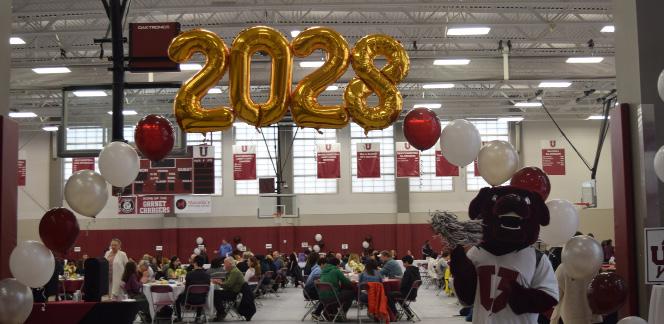
1 2 4 5 3
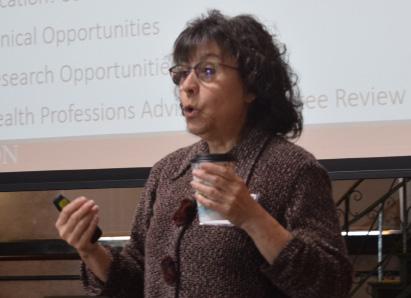
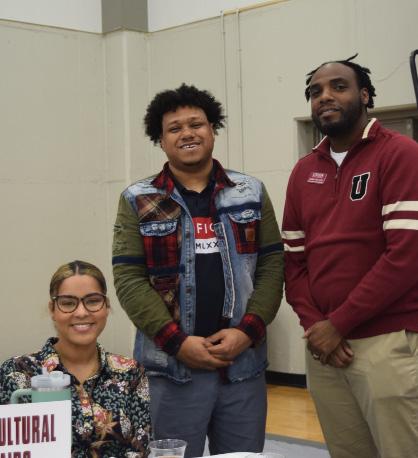


Endowment at Union: Correction
Sophia Glazier Opinions Editor
Within our last issue of Concordiensis, our Opinions section published an article regarding the recent statistics posted about Union’s endow-es, procedure for donations, etc. This article, written by Contributing Writer Fatima Javed, and edited by myself, Sophia Glazier, was an innacurate assessment of the economic matter at hand, and we would like to formally apologize for the mistakes made in the previous publication. Additionally, to make amends and to ensure that we remain a reputable source for information on Union’s campus, we would like to issue the corrections that have been requested be made to the article in print, as a part of this week’s issue of Concordiensis. If you have any questions, comments, or concerns about anything posted via these corrections, please seek further
source, Professor Eshragh Mota-
which can be accessed through the QR below.

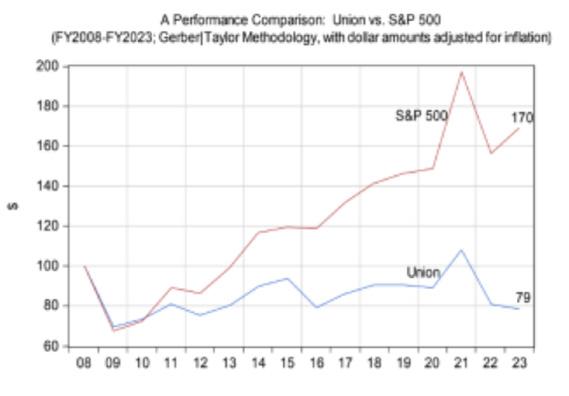
Courtesy of Concordiensis to the S&P 500 benchmark.
From Concordiensis, issue publication date: February 24, 2024, article title: “Endowment Management Costs Union Tens of Millions,” page 3:
“Furthermore, there exists a relationship between the endowment performance and tuition increases. In order to compensate for the result of endowment performance, Union will have to increase tuition, Motahar states.”
The above assertion that endowment and tuition are directly correlated was mere postulation by our writers at Concordiensis, and never stated explicitly by Professor Motahar.
The article’s author did not interview Motahar to derive this information, and the initial endowment report does not mention tuition at all.
Motahar’s report on the endowment is a public document, accessible to all Union students, faculty, and individuals outside of our institution. It has been fact-checked and experts.
For more information on Union’s latest endowment management andly into Motahar’s report, as referenced previously in our correction.
ACCESS HERE: https://minerva. union.edu/motahare/Union%20 College%20Endowment%20February%202024%20Summary.pdf.
Relishing in Religion: A Student’s Review of REL-103
Craig Efrati Staff Writer
Introduction to Religious Studies (REL-103), taught this term by Professor Kirk Wegter-McNelly, is a class I am currently taking here at Union that I have been enjoying very much. I feel that the class feeds very openly into our own world today and is very relevant. The knowledge and lessons accumulated from the class have advanced my understanding of the world around me and my presence in where I am.
The class so far has taught me much about many different religions practiced by many throughout the world, ranging from Christianity to the ancient Aboriginal religion of the native Australian peoples. The ability to connect a wide set of religions to a common set of beliefs of thinking has proven incredibly formative and invaluable in how I am able to connect to the world around me. This has aided me in my aptitude to see the world through a different lens and reach a common understanding of what it means to be religious and spiritual. The ability to connect with religion allows me to have a broader network of understanding of both current and past times, as well as a framework for our potential future. Through taking the time to see the world in this important way, I am able to better grasp the world around me and connect with my surrounding peers—whether we share in religious beliefs or not. Even for those who do not believe in or are skeptical of religion, this type of class grants students the framework
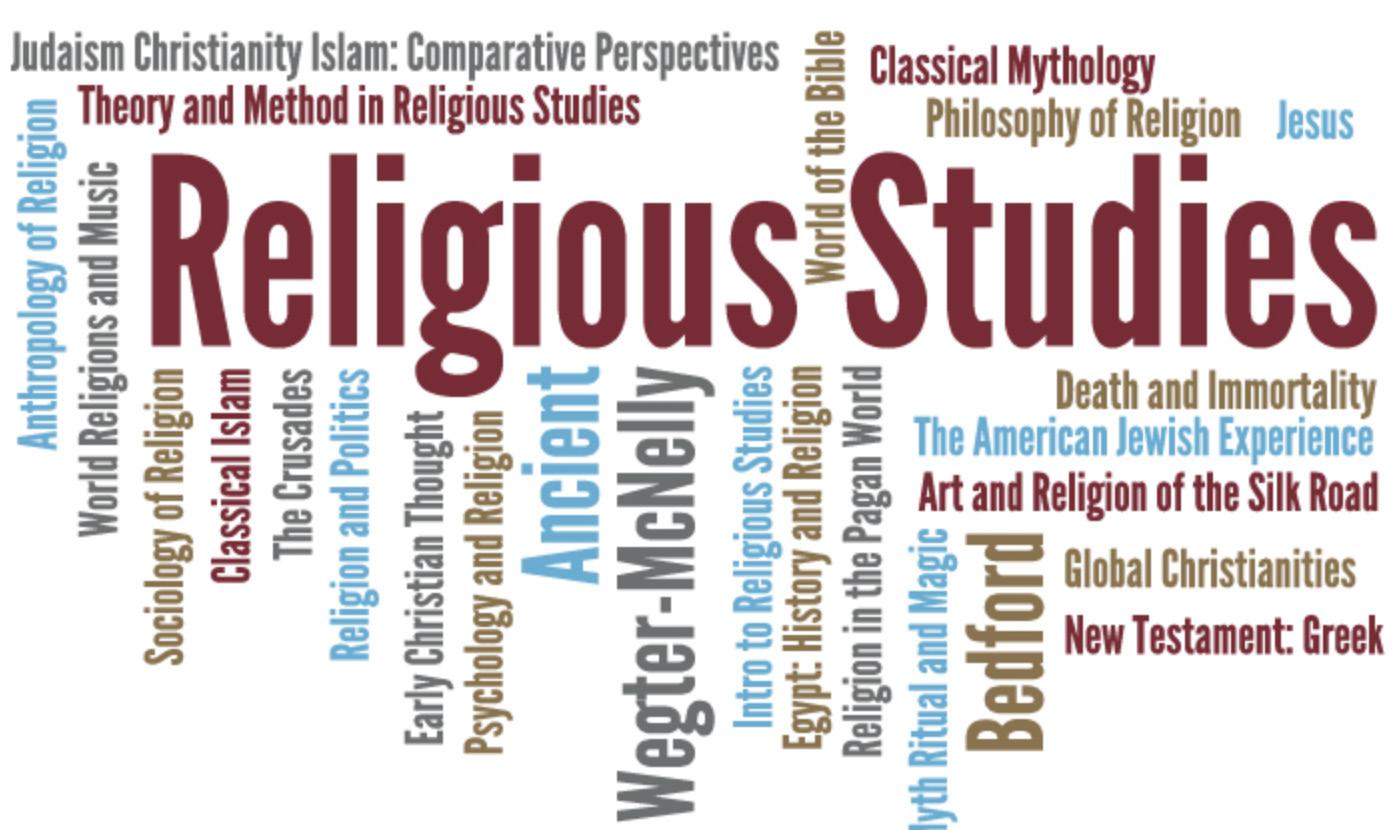
to see the world in a new, curious, and intriguing light. The way Intro to Religious Studies centers the world and establishes global context for its students allows for one to feel and connect to the concepts of the religious class in the world around them.
I may have been taking the class for an LCC (Languages and Cultures) credit initially, but I now see that the class holds the ability to guide me to what is true in my life. No matter where one stands on religion, it can prove vital to take a class that is able to capture an important aspect of your mind in a way that harnesses new truths about yourself and the world around you.
Science and religion complement each other—you cannot use one discipline without being informed of the other. In order to reach
a practical and well-functioning society, I believe it is important to hold a religious foundation as to how matter exists and how we have arrived at the world we have today. We need religion to understand science and bridge the basis of understanding for why we exist in the way we do today.
Of course, skeptics of religion and religious classes may not completely change their view on this, but they will gain a basis for understanding how people have thought over the centuries. Thus, religion in general connects to a world greater than science itself can explain and allows us to think in new and engaging ways, and Intro to Religious Studies (REL-103) class helps me achieve that. REL-103 is offered at Union many terms, and is a popular class among many.
April Showers, May Flowers, and June Commencement
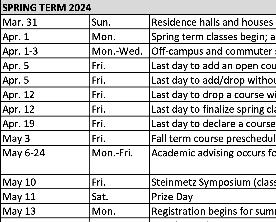

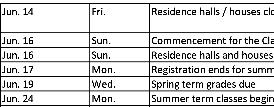
Sophia Glazier
Opinions Editor
of the most jarring changes I have been learning to get used to is our schedule. From the 10-week-long trimesters to the month-and-a-halflong winter break, I’ve had my fair share of confusion with our in-class and out-of-class dates–not to mention my fair share of explanations for my extended family as to why I’m sitting at home in the middle of December.
While these adjustments have been confusing, yet immersive and exciting at the same time, as I journey further into this last Spring term, I know it’s not over.
In my discussions of Summer break and vacation plans, I’ve been taking an awful lot of concerned glances at our Spring Term calendar, as pictured to your left. Obviously, being three weeks into the
In my discussions of Summer break and vacation plans, I’ve been taking an awful lot of concerned glances at our Spring Term calendar.
frankly, a little petrifying, but what truly shocks me (and probably my the core is our release date: June 14! As a former high school stuseem too unreasonable, but as a college student, it absolutely does! Yes, I understand that we stay late in order to have that nice, relaxing Winter break...and yes, I understand that I did in fact sign up for this by enrolling here at Union. But am I still going to complain about it? Of course! If you’ve read any of my work consistently throughout my time at Concordiensis (shout out
Mom and Dad), you know I love to complain. So I will do as such.
My main qualms with this midJune release day (as I’ve come to call it) have to do with the fact that no one else is staying in school this late (unless you count the high schoolers, of course). Many of my friends from other colleges and universities get out in mid-May, if not May 1 comes around, they’ll be packing up their things and I’ll be studying for midterms. By the time we do actually get out of school here at Union, we have about two and a half months to soak up the summer sun, which, in real-
ity is only about 75 days—and I’m supposed to do absolutely nothing for about 45 of those! The remaining days are going to be with miscellaneous picked up shifts at work, long-time-no-see catch-ups with high school friends, and probably enough time for one (1) relaxing and romantic date with my boyfriend. After being long-distance for the past seven months, I know that one honest, sincere date night will not even come close to making up for it all. Regardless, I can’t say that I necessarily dislike the trimester system. You should hear me giving tours for Union—I will somehow manage to work my love for the trimester system into each and every stop on our route (I’m sure the kids love that). I did choose Union for many reasons, and one of the highest of those was the trimesters. So, while I can complain about our late release date, I can really be too upset about it. Or, maybe I can, but until June 14, I guess I’ll be complaining from my dorm room.
SIENNA CHAMBIAL, EDITOR
chambias@union.edu
Vatican Rejects ‘Gender Theory’ in Dignitas Infinita: What do U think?
Sienna Chambial
The Vatican recently released a document through its doctrinal which has been in the making for being released. The document ad-
ing a huge backlash from people from the LGBTQ+ community and
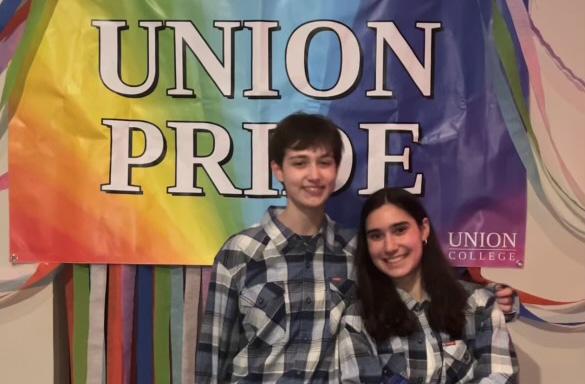
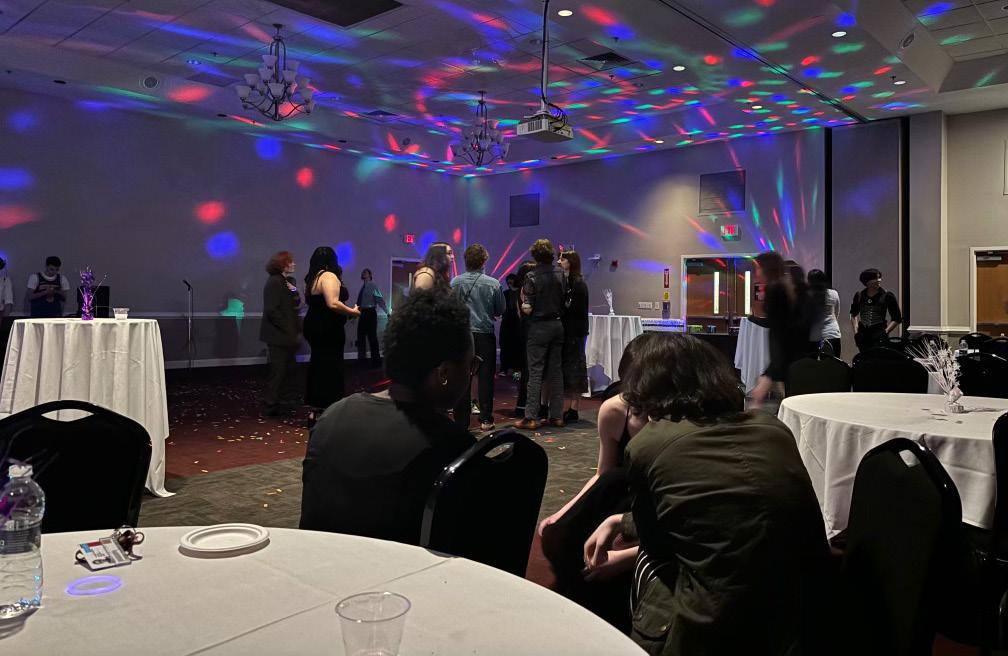
dignity of both the surrogate mother and the child.
The release of this document comes in close succession to another document issued by Pope Francis four months ago blessing
in the continent of Africa. Although some people speculate that these statements come in direct responsedence of the same.
issuing of this document impactsnizing the importance of this situa-
sue and how it impacts them or the people around them.
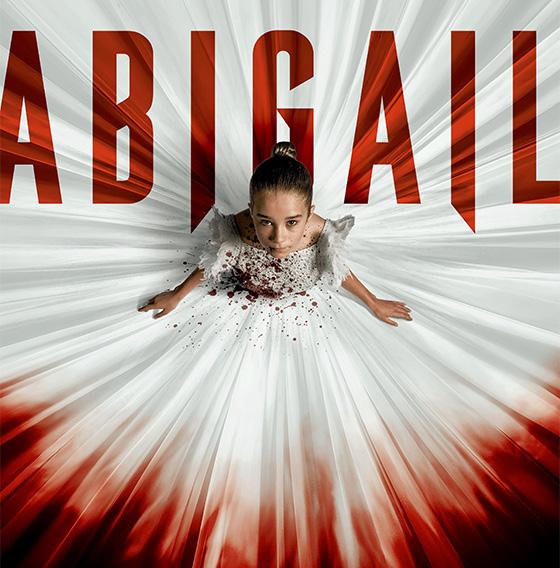

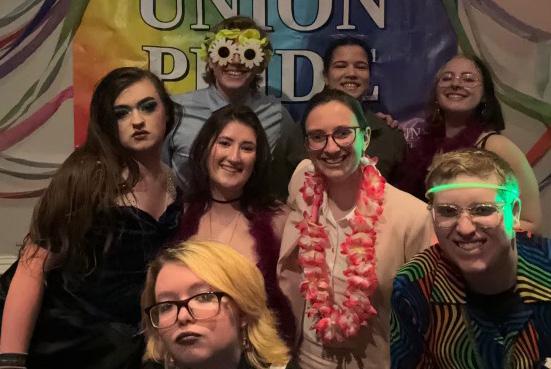
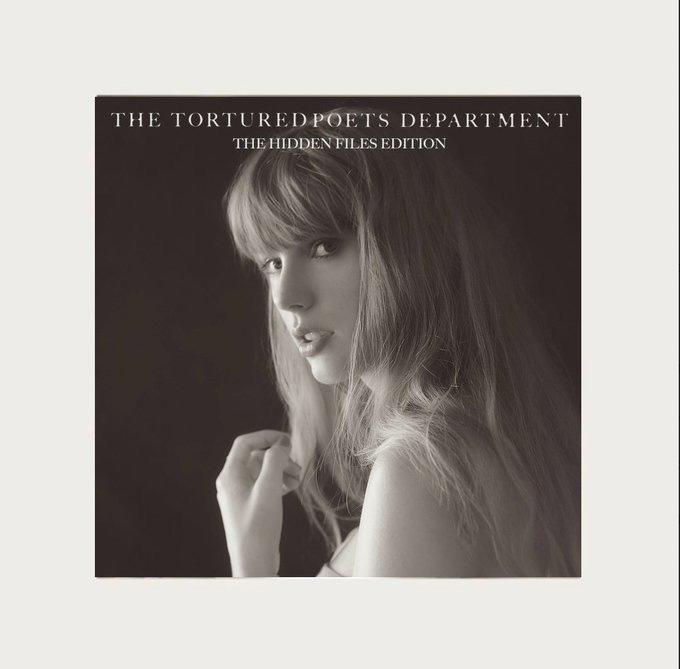

Eclipse Chronicles with Union: Campus Community Faces Solar Event
On the crisp morning of April 8th, in Schenectady, New York, the campus of Union College buzzed with anticipation as students and faculty prepared to witness a rare celestial event: a complete solar eclipse.
Well, 97% totality, anyway. As the moon began its gradual transit across the face of the sun, individuals spilled out onto the lawns, equipped with eclipse glasses and cameras, eager to capture the historic moment.
Gathered in small groups, students and faculty congregated on campus lawns with picnic blankets, their attention focused upwards towards the sky.
Conversations ranged from the technical details of the eclipse to the logistics of obtaining eclipse glasses. Despite the early hour, excitement permeated the air as the eclipse progressed.
As the moon’s shadow slowly obscured the sun, daylight dimmed, the wind blew faster, colder, and the world grew cloudy.
Observers noted the changing quality of light, as shadows sharpened and colors took on a muted
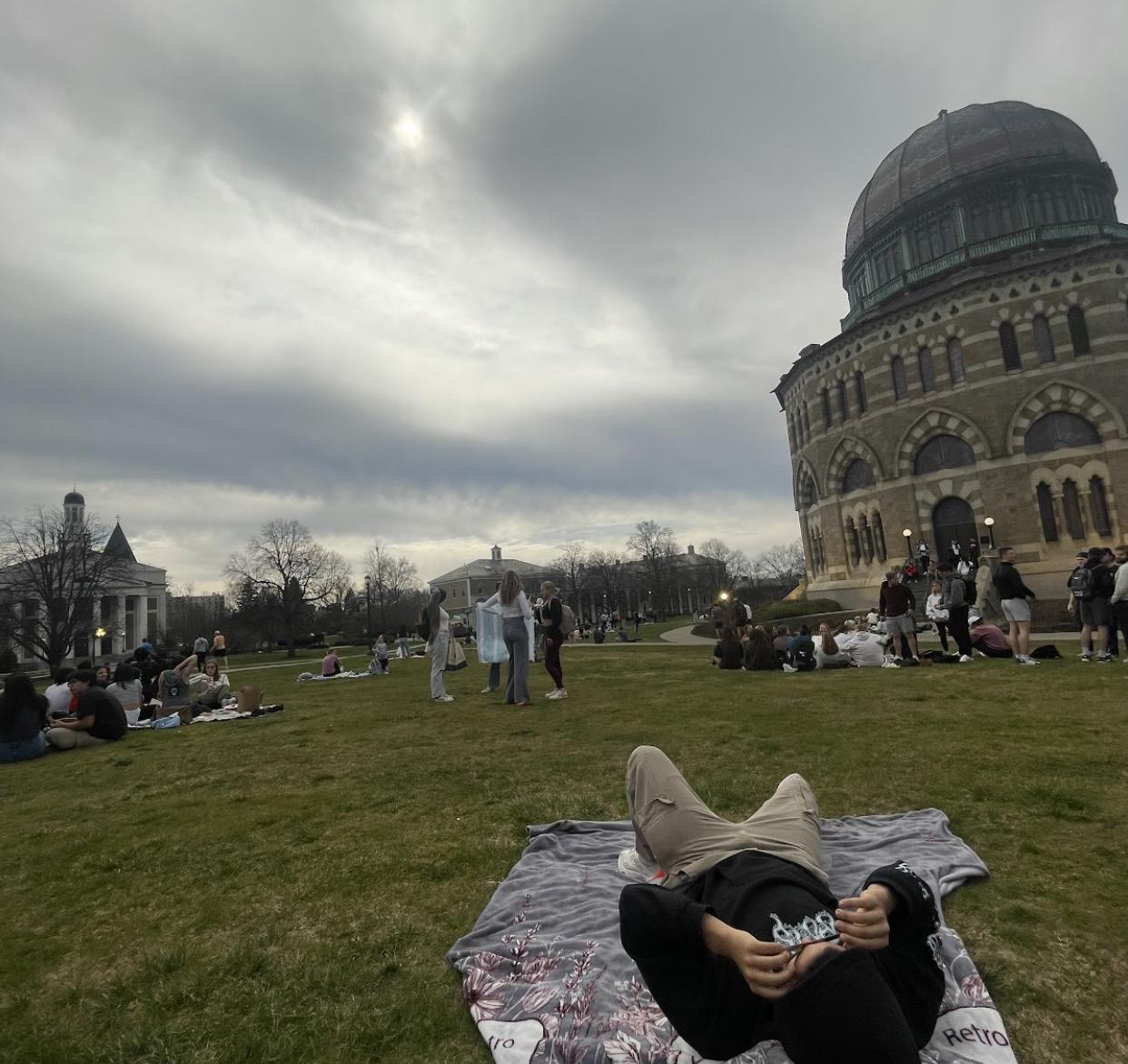
hue. Some students remarked on the surreal nature of the experience, while others focused on capturing the event through photography and videography.
Throughout the duration of the eclipse, a sense of camaraderie pervaded the campus. Strangers exchanged eclipse glasses, shared viewing tips, and discussed their observations of the phenomenon.
As the eclipse reached its peak, with the moon almost completely obscuring the sun, a collective sense of awe washed over the assembled crowd.
Gasps of wonder erupted as the sun’s corona became visible. Observers marveled at the sight, some snapping photos, while others simply stood in silent reverence.
After several minutes of near-totality, the moon began to move away from the sun, gradually restoring daylight to the campus.
As the eclipse waned, students and faculty lingered on the lawns, sharing their impressions with one another.
Many expressed gratitude for the opportunity to witness such a
As the day progressed and normalcy returned to the campus, the memory of the solar eclipse remained a topic of conversation among students and faculty. For curiosity and wonder, a reminder of the vastness and beauty of the universe.
And while the eclipse may have lasted only a few brief hours, its impact on the community of Union College in Schenectady, NY, will be remembered for years to come.


Earthquake Startles at Union!
Louis Savarino Staff Writer
At 10:23 EST on April 5, a Mw 4.8 earthquake was recorded on the East Coast, with the epicenter of the earthquake originating in Hunterdon County, NJ. Shaking from the earthquake was felt all the way from Boston, Massachusetts down to Baltimore, Maryland according to USGS ShakeMap reports. Some students and faculty at Union College even were able to feel the quake themselves on campus. No major injuries or fatalities have resulted from the earthquake, with only some minor damage to some buildings in NJ observed, where the earthquake
originated and the greatest shaking occurred. This earthquake has been the strongest the East Coast has witnessed in 13 years, when in 2011 a 5.8 Mw earthquake shook the area, originating from Virginia, causing moderate damage to some structures near the epicenter.
At Union, the GEO-303 Earthquakes class took a particular interest in this news, taking an opportunity to be able to take a look at real-time data collected mere days before then, looking at seismic data from stations near NJ, where the epicenter of the earthquake was. Students in the class examined the different types of waves that wereent body and surface waves gener-
ated by the earthquake from each station near where the earthquake had occurred, trying to understand the differences between compressional and shear waves. Of particular relevance was the earthquake’s potential impacts to buildings and ground structure.
Professor Matt Manon, who teaches the Earthquakes class, and whose primary interests focus on interactions between tectonics and metamorphism, highlighted a couple of major points about this most recent earthquake. While the East Coast isn’t home to the large amount of tectonic activity, like in California along the San Andreas Fault, and the Cascadia subduction zone in Oregon and Washing-
ton State. He said it was important to understand that we still do have many faults and other features that are still in the crust from earlier geological history when the rifting of Laurentia took place, which formed the Atlantic Ocean. Professor Manon also commented on the extent of the shaking generated by the earthquake. He said that on the West Coast, while the shaking may be more intense and occur much more often, earthquakes on the West Coast aren’t felt as far away from the source as we had felt here. This is because the continental crust on the East Coast is a lot cooler than the west, leading to earthquakes being able to trans-
therefore go much further though rock.
Approximately 50 aftershocks have been observed by Seismologists monitoring the situation, with the largest occurring on April 5, with a magnitude of Mw 3.8, around 8 hours after the initial earthquake, according to USGS. More recent aftershocks have dwindled to magnitudes of Mw 1.9. These aftershocks were so small and were expected to occur by seismologists following the earthquake. This earthquake serves to remind many that the East Coast of North America is home to earthquakes, even if the intensity and frequency of them are far lower than earthquakes experienced on the West Coast.
Concordiensis
Editors-in-Chief
Adithi
Allyson
Sienna Chambial ’27
Adithi Chellappan ’27
Kathryn Feller (Biology)
Quynh Chu-LaGraff, Chairchulagrq@union.edu
Leo Fleishman
Stephen Horton
Cecilia Bores Quijano (Physics and Astronomy)
Heather Watson, Chairwatsonh@union.edu
Chad Orzel
Ellen Gasparovic
Colin Gleason (Physics and Astronomy)
Rebecca Koopmann, Chairkoopmanr@union.edu
Nelia Mann
Aaron Cass
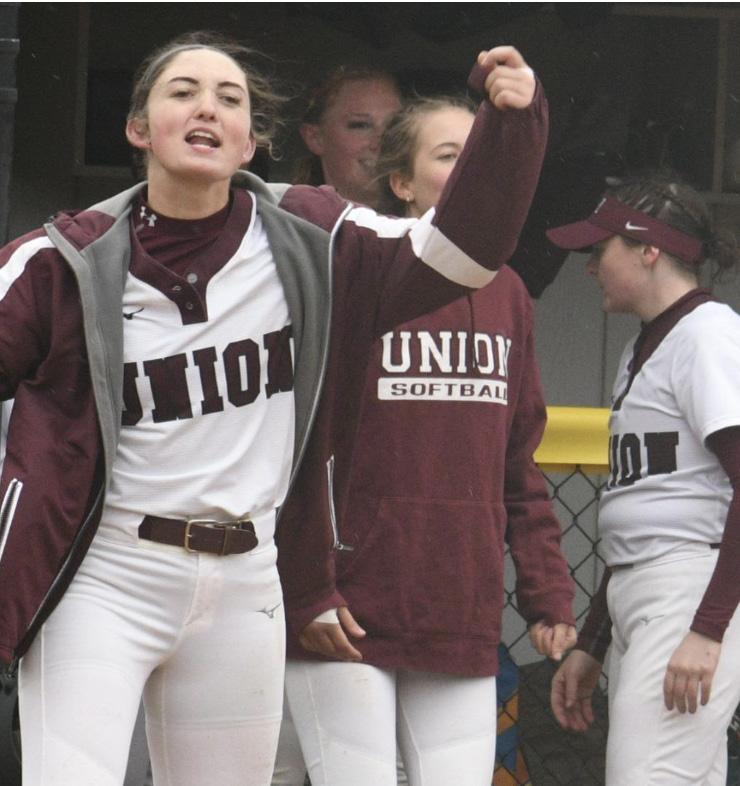
OUR EVENT PICKS FOR U
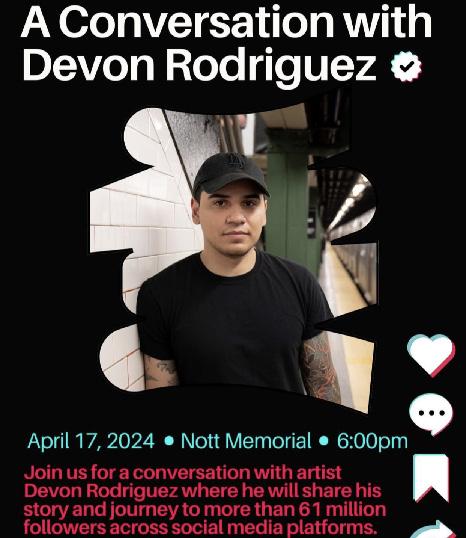





Union Brings STEM to Local Elementary Schools
As the alka-seltzer tablets dropped into the water bottle holding a gooseated around the table held their breath. First, a few lone bubbles gurgled to the top, followed by a frenzy of smaller bubbles, popping with each kid’s chosen hue - determined by the food coloring they added to the mixture. Finally, the bottle reached its desired state - a steady stream of bubble migration
graders shouted, “do more!” The activity was a favorite at the Chem-
School and attracted many repeat visitors who got to take home their own lava lamp.
While the visual of the movements and colors resonated quickly with the event’s participants, the conversation about the science behind the activity held their attention. Based on the concepts of density and polarity, Union students explained how the project demonstrated why oil and water react peculiarly together - and why the introduction of a gas (through alka-seltzer) disturbs that relationship. For the kids, this hands-on activity was an avenue to deeper understanding - and excitement. “I’m going to tell my sister all about this when I get home,” one explained “she’s going to love it!” The event is part of a growing partnership between the Schenectady City School District and Union & Outreach department. With a

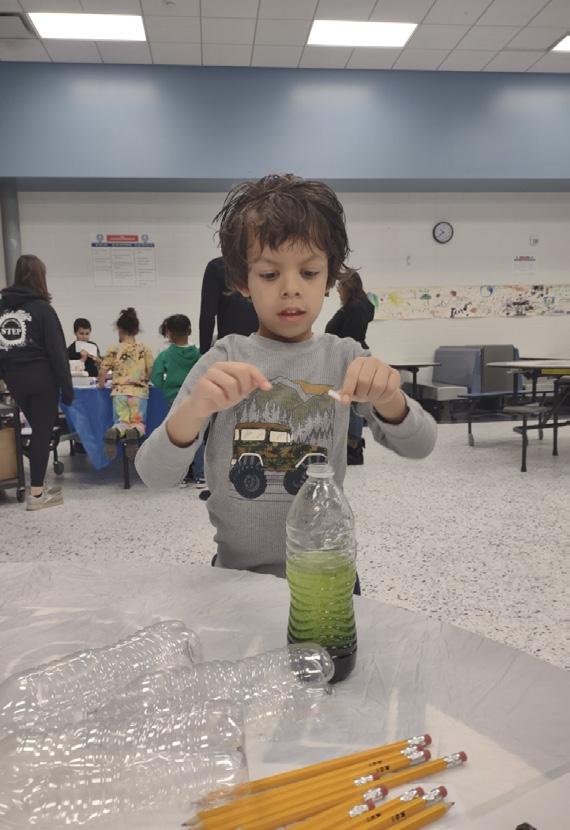
focus on youth engagement, programs taking place throughout the community feature hands-on activtangible and fun - and allow Union students to demonstrate their passions and expertise. “We gotcause this was a way for us to tap into that enthusiasm and help kids
Sophia Pappas, president of the Chemistry & Biochemistry Club, “This monthly program gives children a way to learn hands-on by doing fun experiments, which is always a huge hit with them.”
These engaging activities help experiments can help them understand and apply complex mathematical concepts and reasoning. In the City of Schenectady, infusingming is a focus area for communi-
ty leaders. In 2023, Schenectady Schools Superintendent Anibal Soler, Jr. noted the value of supporting students through a curricular and co-curricular balance, including “recommending things like extended learning [time], afterschool, summer enrichment.”
At the end of the 2022-23 school year, 80% of the district’s elementary school students were found to be at least one grade level behindcy - including 23% who were three or more grades below expected. These gaps are especially sigclasses, who experienced disrupted learning pathways during the early parts of the COVID Pandemic. With these challenges in mind, the Schenectady City School District is seeking a variety of interconnected solutions that help spur interest in math and science learning. By utili-
ing the energy and passion of Union students and clubs, a diverse range of concepts can be tackled in both curricular and co-curricular spaces.
mentary School to participate in their partnerships with other clubs and organizations on campus will bring Union students into classrooms to support teachers and administrators’ plans to move students toward will be key to slow “summer slide” - the loss of learning that occurs when kids are out of school - that especially impacts historically disadvantaged students groups. With the vision of local education leaders, Union College students make a difference for a district rebuilding from pandemic challenges.
Union’s Natyashastra Captivates at Stony Brook
In a remarkable display of talent and dedication, Union College’s brandnew Bharatanatyam team, Natyashastra, recently took the stage at Stony Brook University’s Indian classical dance showcase, Jana Seva. Despite being a newly formed club, Natyashastra has wasted no time in making its mark, captivating audiences with their mesmerizing performances.
Bharatanatyam, a traditional Indian classical dance form, requires precision, grace, and immense dedication to master.
Natyashastra’s journey began just this year, but their passion for the art form has propelled them to remarkable heights. Their invitation to perform at Stony Brook University speaks volumes about their talent and the dedication of their members.
For the team, this opportunity to perform at Stony Brook was not just a chance to showcase their skills, but also a moment to celebrate their

hard work and commitment. It was a validation of their efforts and a testament to the growing recognition of Indian classical dance forms on college campuses.
The performance itself was a breathtaking display of skill and artistry. From intricate footwork to expressive gestures, Natyashastra’s dancers commanded the stage with
ment was executed with precision, dedication.
But Natyashastra’s journey is about more than just the performances. It’s about the passion for Bharatanatyam and the sense of community that the team has fostered.
Despite being a new club, they have quickly become a close-knit group, bonded by their love for dance and their desire to share it with others.
Their performance at Stony Brook is just one example of the impact they have already made. By taking their art beyond the borders of their own campus, Natyashastra is spreading awareness about Bharatanatyam and Indian culture to new audiences.
Looking ahead, Natyashastra has ambitious plans for the future. They aim to continue expanding their repertoire, honing their skills, and sharing their love for Bharatanatyam with audiences far and wide. With each performance, they hope to inspire others to embrace the beauty and richness of Indian classical dance.
In conclusion, Natyashastra’s performance at Stony Brook University is not just a milestone for the club, but a testament to the power of passion and dedication. As they continue to grow and evolve, they are sure to leave a lasting impact on the world of dance and beyond.
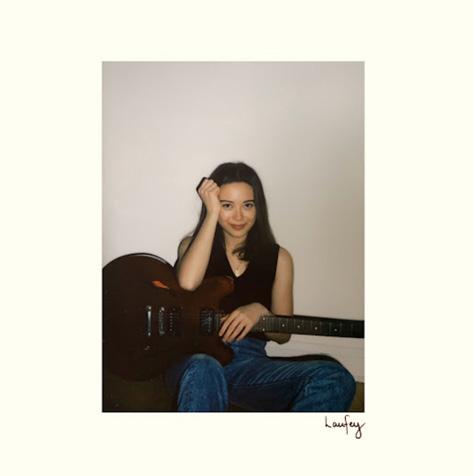

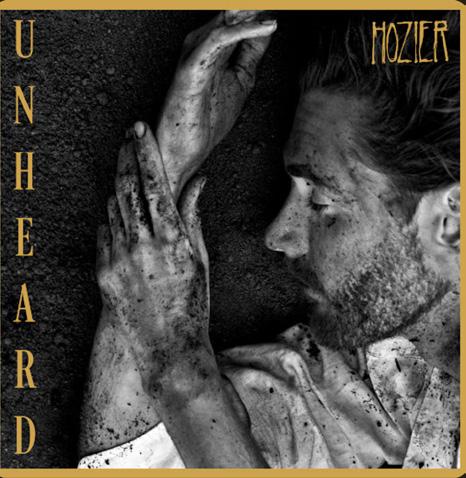
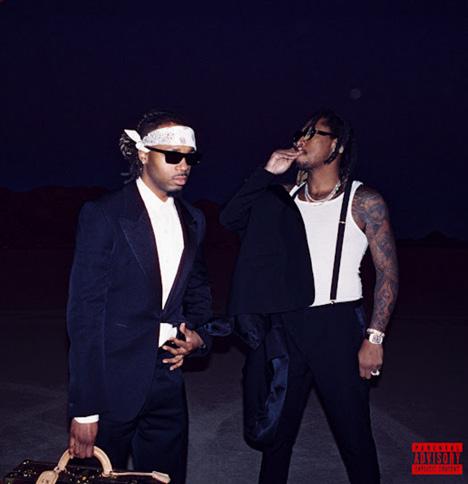

SHEHRBANO SYED, PHOTO EDITOR syeds2@union.edu
How the Concordy Staff Spent Their Spring Break!
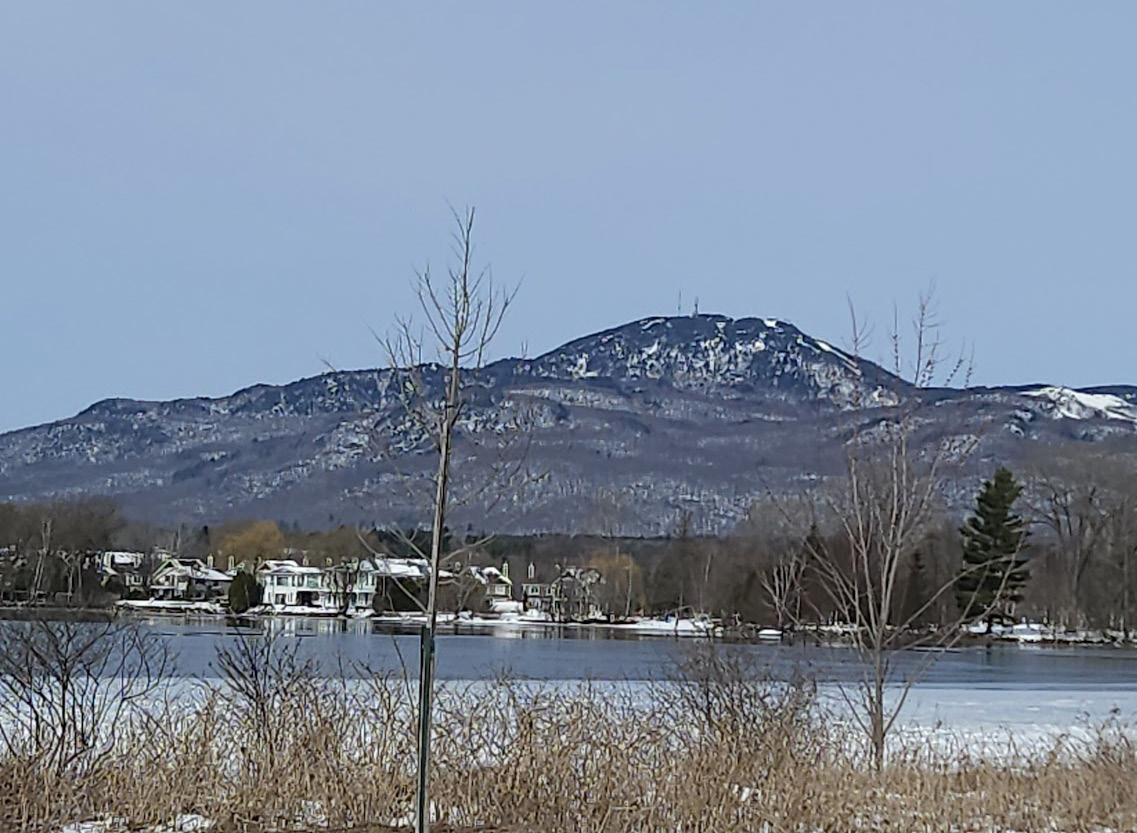
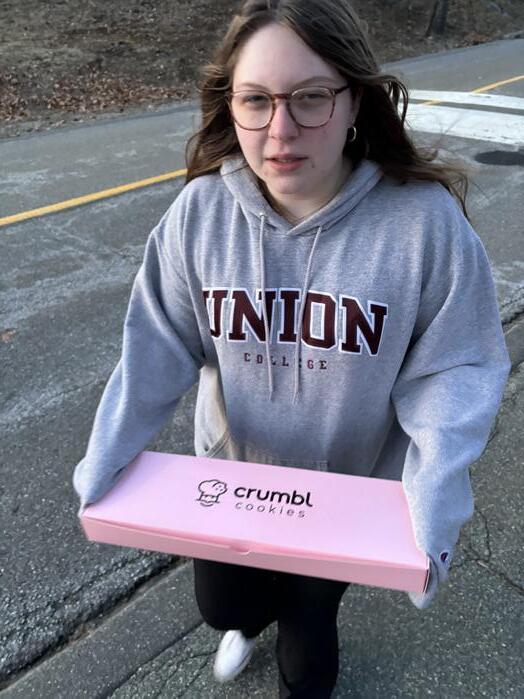

Pics from the Eclipse!
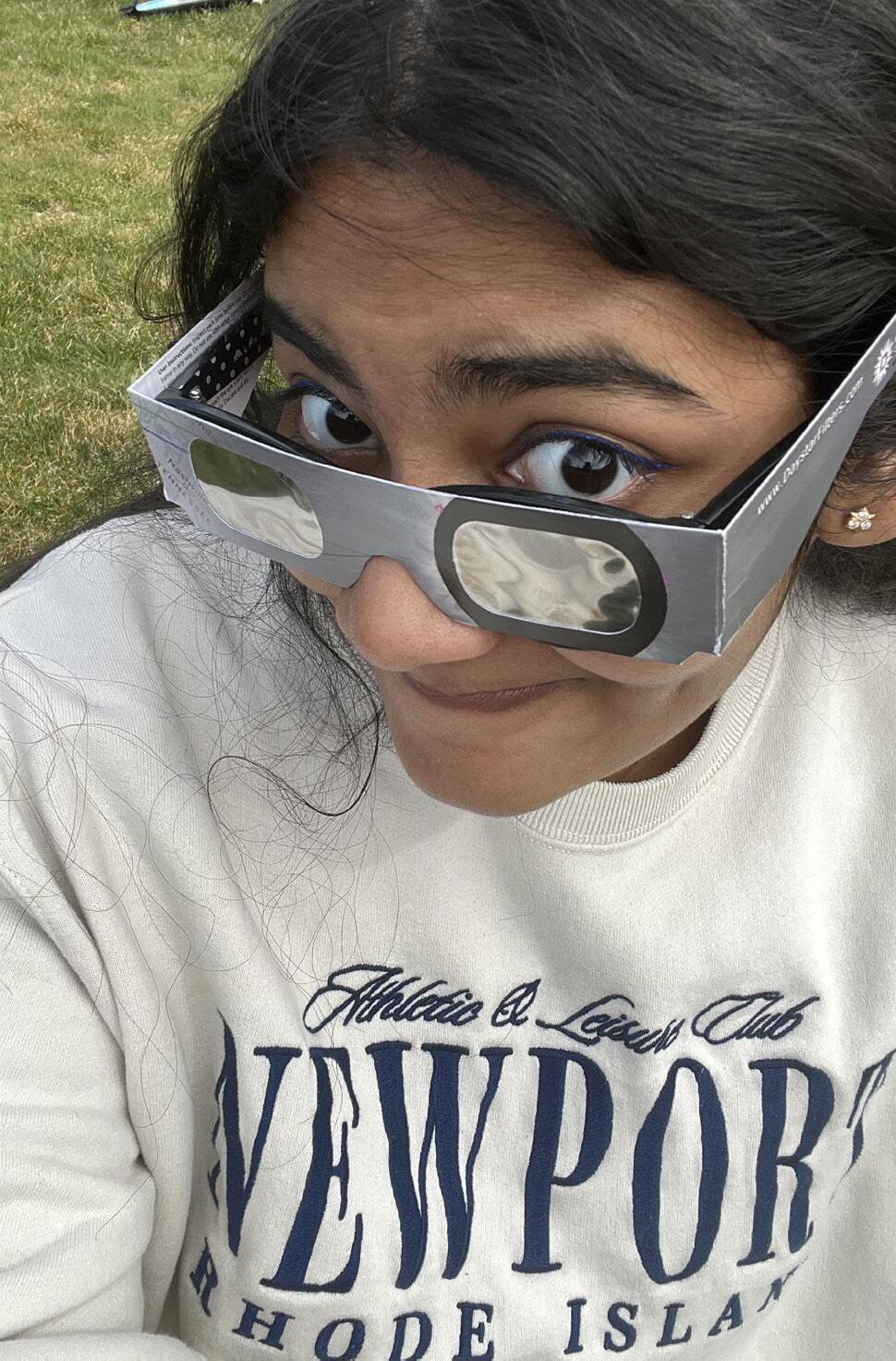
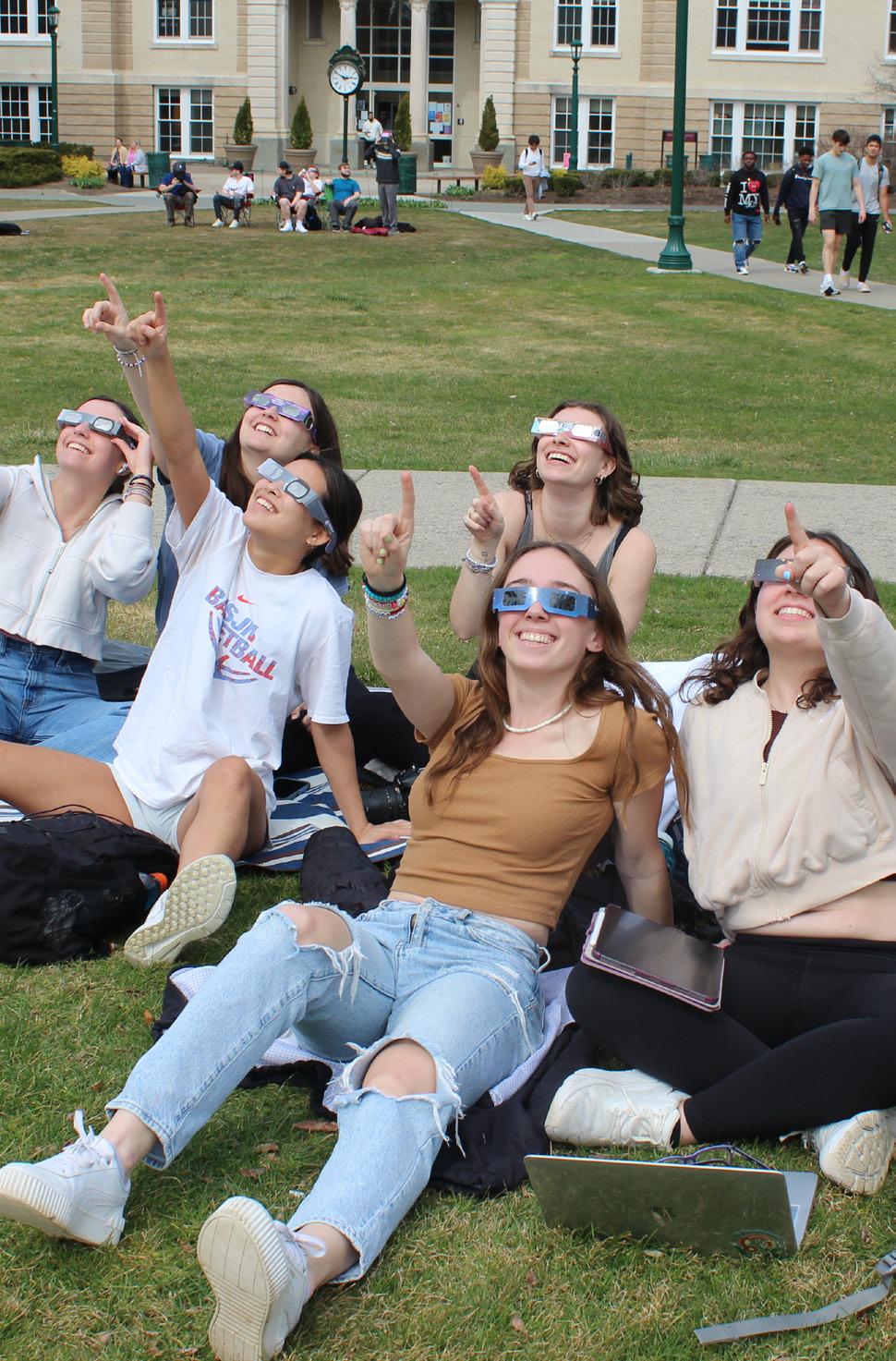
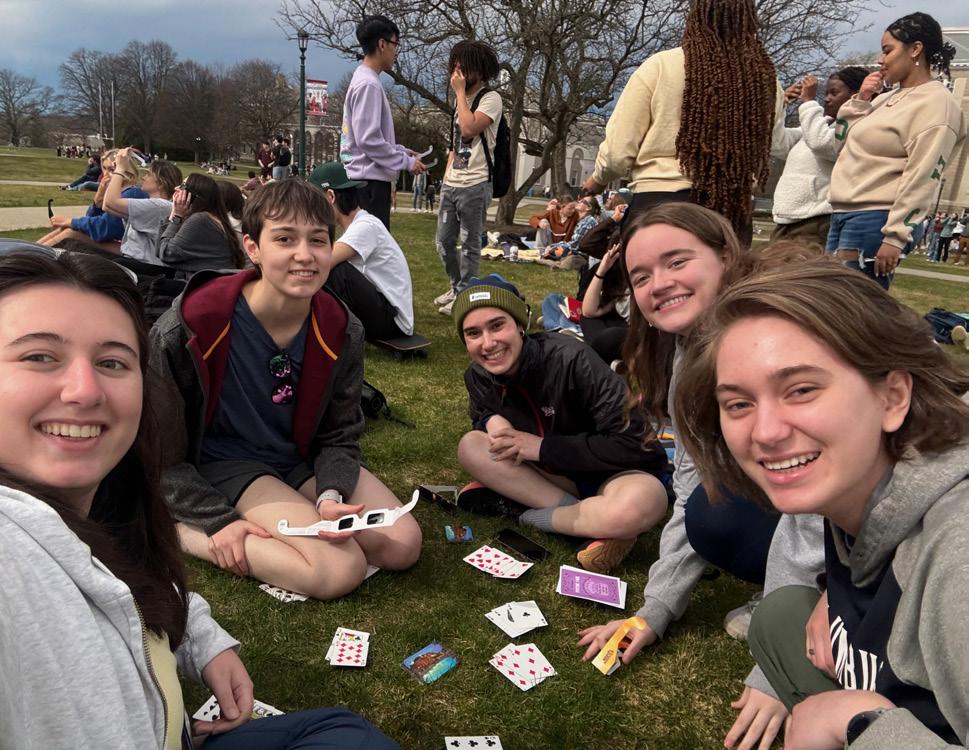
PHOTOS NEEDED!
Please feel free to submit photos to include in future
“Photos of the Week” sections using the QR code!

